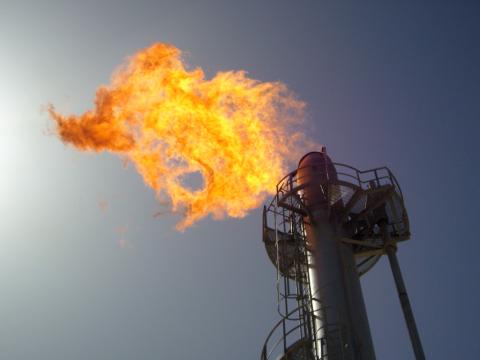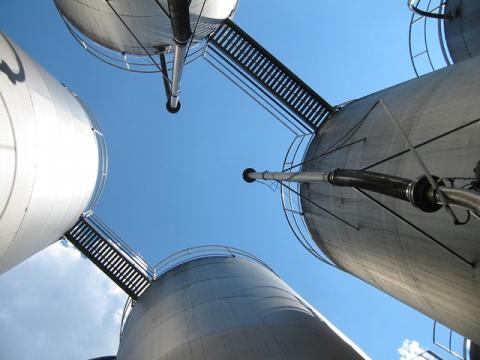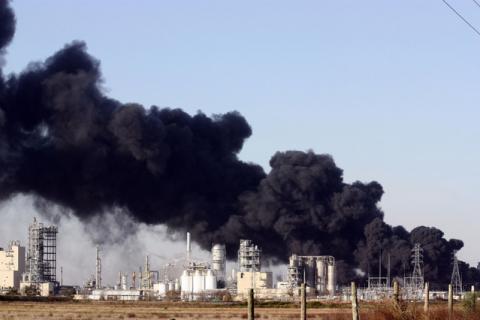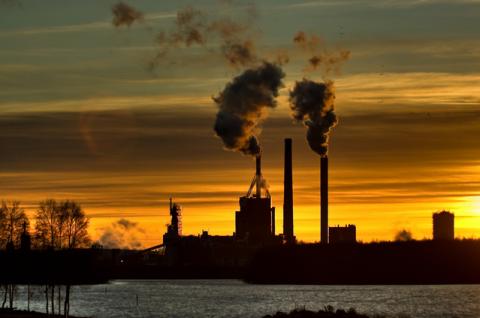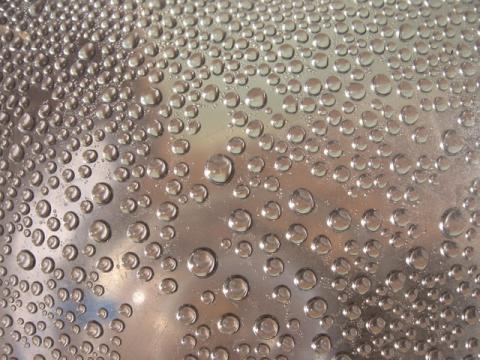BTU Monitoring in Flare Stacks
Waste products are collected from various processes around the chemical facility and are sent to a flare stack for destruction. EPA code 60.18 states for optimum combustion efficiency of the stack the waste stream must run at a minimum heating value of between 300-450 BTU/ft3.
Continuous monitoring of the waste stream is necessary to:

